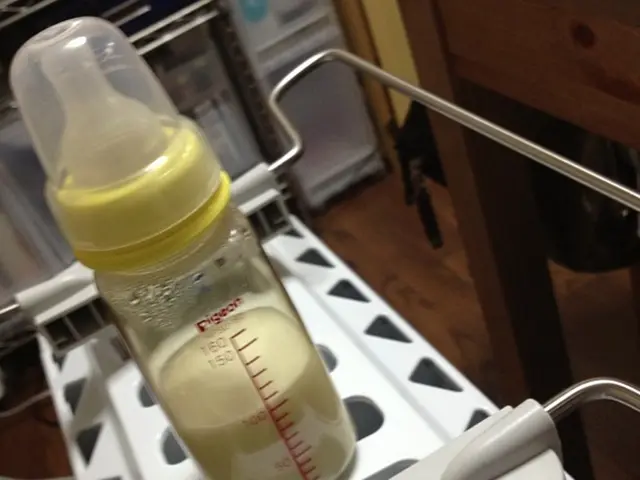Medications: A Deep Dive into Simbrinza - Side Effects, Doses, Cost, Uses, and Additional Information
Subtitle: A popular prescription medication for managing increased eye pressure in glaucoma and ocular hypertension patients.
Introduction
Simbrinza, a combination of brinzolamide and brimonidine tartrate, is a widely-used prescription eye drop for treating elevated intraocular pressure (IOP) in adults with open-angle glaucoma or ocular hypertension [2][4]. This article aims to provide a clear and concise overview of Simbrinza, its uses, dosage, side effects, and interactions.
Indications
Simbrinza is primarily indicated for lowering elevated IOP in adult patients with open-angle glaucoma or ocular hypertension, especially when monotherapy is insufficient [2][4].
Off-label Uses
Current authoritative sources do not list any off-label uses for Simbrinza specifically. Its approved indication remains managing intraocular pressure in glaucoma or ocular hypertension patients [2][4].
Dosage
The recommended dosage for Simbrinza is one drop applied to the affected eye(s) three times daily. It is advised to use the drops about every 8 hours, and applying them at mealtimes may help with remembering when to use them [5].
Side Effects
Mild side effects of Simbrinza can include blurry vision, eye allergy, eye irritation, dry mouth, and changes in taste. More serious side effects, while rare, can include decreased blood pressure and allergic reactions. It's essential to consult a doctor if these symptoms occur [3].
Interactions
Simbrinza should not be used if you have certain medical conditions or factors affecting your health. It's crucial to inform your doctor about any allergies, especially to Simbrinza or any of its ingredients, or a sulfa allergy. Simbrinza is not known to interact with supplements or foods, but it can interact with several other medications [1].
Precautions
Simbrinza should be used with caution in patients with certain medical conditions, such as low number of cells in the cornea, severe kidney disease, heart disease, liver disease, vascular diseases, and in children under 2 years old. Pregnant women should use Simbrinza only if the benefits outweigh the risks, as its safety during pregnancy is not established [1][6].
Breastfeeding and Pregnancy
Simbrinza may pass into breast milk and could potentially harm a nursing baby. It's recommended to stop breastfeeding while using Simbrinza. The safety of Simbrinza during pregnancy is not known [1].
Conclusion
Simbrinza is a valuable tool in managing increased IOP in glaucoma and ocular hypertension patients. It's crucial to understand its dosage, side effects, interactions, and precautions to ensure safe and effective use. Always consult a healthcare professional for personalised advice regarding Simbrinza use.
Simbrinza is a prescription medication used primarily for managing increased eye pressure in patients with glaucoma and ocular hypertension, making it an essential component of eye health and medical-conditions related to eye-health. Pharmacies often carry this drug, which is a combination of brinzolamide and brimonidine tartrate [2][4]. It's important to be aware of Simbrinza's potential interactions with other medications, and informing your doctor about any relevant medical-conditions, allergies, or health-and-wellness factors is crucial [1]. In addition to the approved uses, its off-label uses have not been listed by authoritative sources [2][4].




